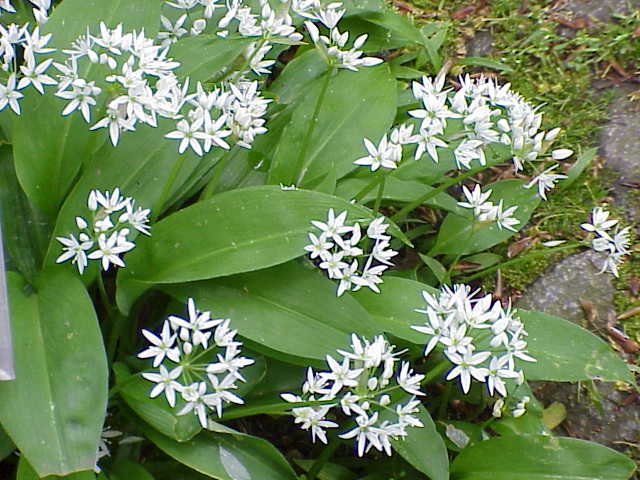Common Name:
Hazelnut
|
Latin Name: Corylus americana
|
Brief
Description:
Corylus americana is
a deciduous Tree growing to 3 m (9ft 10in).
It is hardy to zone 4. It is in flower from Apr to May, and the seeds ripen from September to October. The individual flowers are either male or female, but both sexes can be found on the same plant, and are pollinated by wind. The plant is self-fertile.
Suitable for light
(sandy), medium (loamy) and heavy (clay) soils. Suitable pH: acid, neutral
and basic (alkaline) soils and can grow in very alkaline soils.
It can grow in semi-shade (light woodland) or no shade. It prefers moist soil. The plant can tolerate strong winds but not maritime exposure.
The common name reflects its being native to North America and
“hazel” is from the Old English name for filbert.
According to Mark Shepard, hazelnuts represent an excellent
candidate for a staple food crop in permaculture design systems. Not only is it a good source of oil,
protein and biofuel, the nut shells burn at 2 x the BTU of many types of fuel
wood! Great for keeping things warm in
the winter!
|
Parts Used/ Edible Uses:
The nuts are edible and ripen in late fall. Other edible parts are the oil and seeds. Seed - raw or cooked in soups, bread, biscuits, sweets etc. The nuts have a thick shell with a small sweet kernel, they make an excellent dessert. Although smaller than the seeds of cultivated species, the seed is of the same general quality. Nuts at the 'milk' stage (before they are fully ripe) are softer and sweeter. The seed is rich in oil. The seed ripens in mid to late autumn and will probably need to be protected from squirrels. When kept in a cool place, and not shelled, the seed should store for at least 12 months. An edible oil is obtained from the seed. When the oil is pressed from the seed, the remaining meal is a 30% protein concentrate food. |
Medicinal Uses:
A tea made from the bark is astringent. It was used in the treatment of hives and fevers. A poultice made from the bark is used to close cuts and wounds, old sores etc.
50-75%
oil by weight, mostly mono and polyunsaturated fats. Very high in Vitamin E, which shows some
evidence in treating liver disease, macular degeneration, prostate cancer and
cardiovascular disease
|
Other Uses:
The plant makes a good screening hedge. |
Safety/Cautions/Interactions:
Allergy to tree nuts or their products. Use caution in patients with known allergy to peanuts. |
Sources:
http://www.pfaf.org/user/Plant.aspx?LatinName=Corylus+americana plants.usda.gov/plantguide/pdf/pg_coam3.pdf
Shepard,
Mark. Restoration Agriculture. Acres USA, pp 87-92. Austin, TX, 2013.
|
Tuesday, December 23, 2014
FOOD FOREST MEDICINE Monograph #5: Hazelnut
Wednesday, December 10, 2014
GARLIC HONEY RECIPE
Now that we are all up to date on the medicinal benefits of wild
garlic, here's a neat little recipe to help get kids to eat garlic and
to stay healthy this winter. This recipe combines two of nature's best
anti-microbial foods- garlic AND honey!
Garlic Honey Recipe
- cover 6-8 minced garlic cloves with 250 ml of honey
- let sit at room temperature for at least 24 hours, until consistency of honey thins out
- strain garlic and set aside for use in cooking
- The thinned out honey is now infused with all the goodness of raw garlic, but without the strong taste!
- This honey garlic infusion will keep indefinitely.
- add 1tsp – 1tbsp to warm lemon water 1-2 x daily or use it wherever you would use honey
- spread on toast etc…
- great for kids! (caution avoid honey consumption in children under the age of 2 years).
Wednesday, December 3, 2014
FOOD FOREST MEDICINE Monograph #4: Wild Garlic
Subscribe to:
Posts (Atom)




